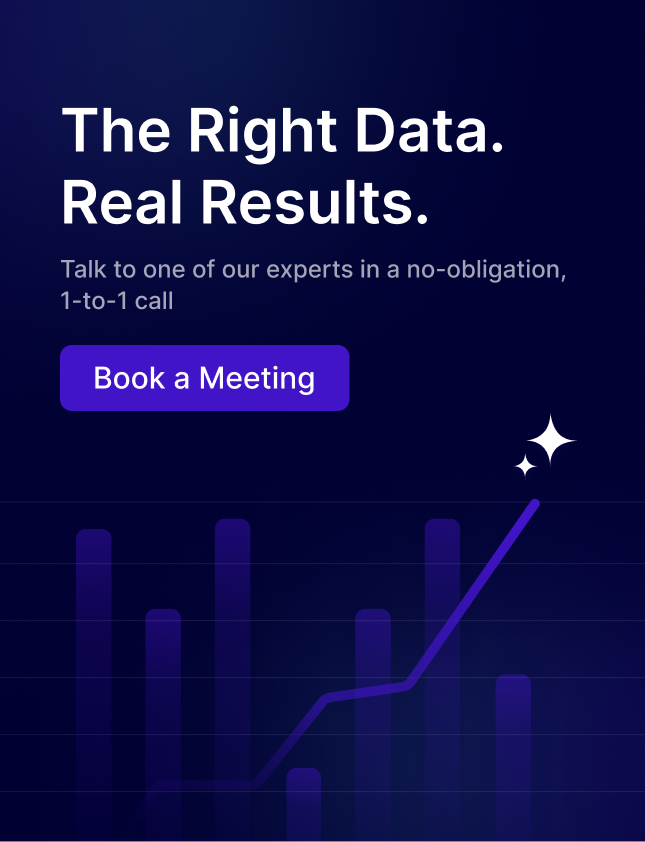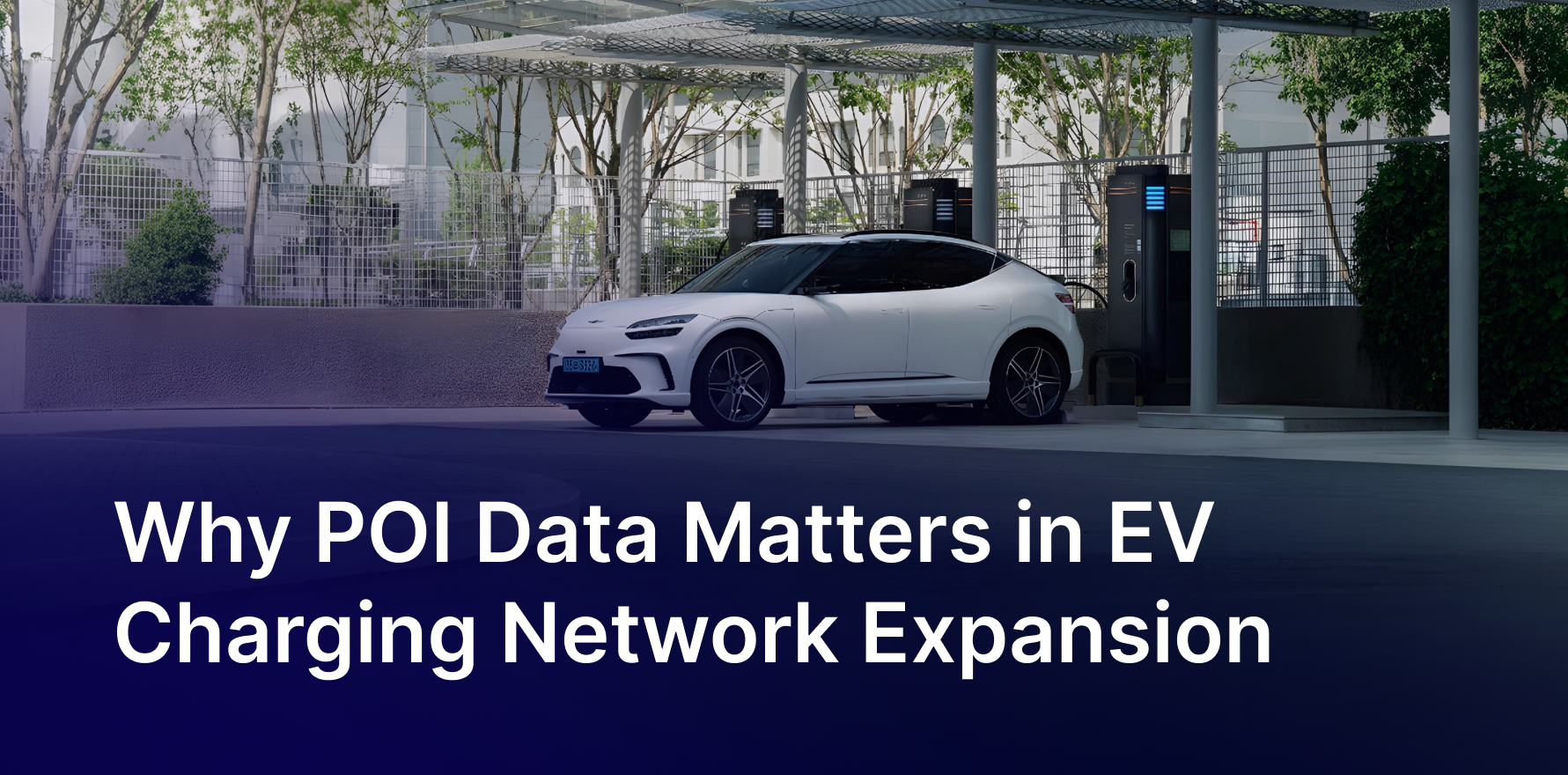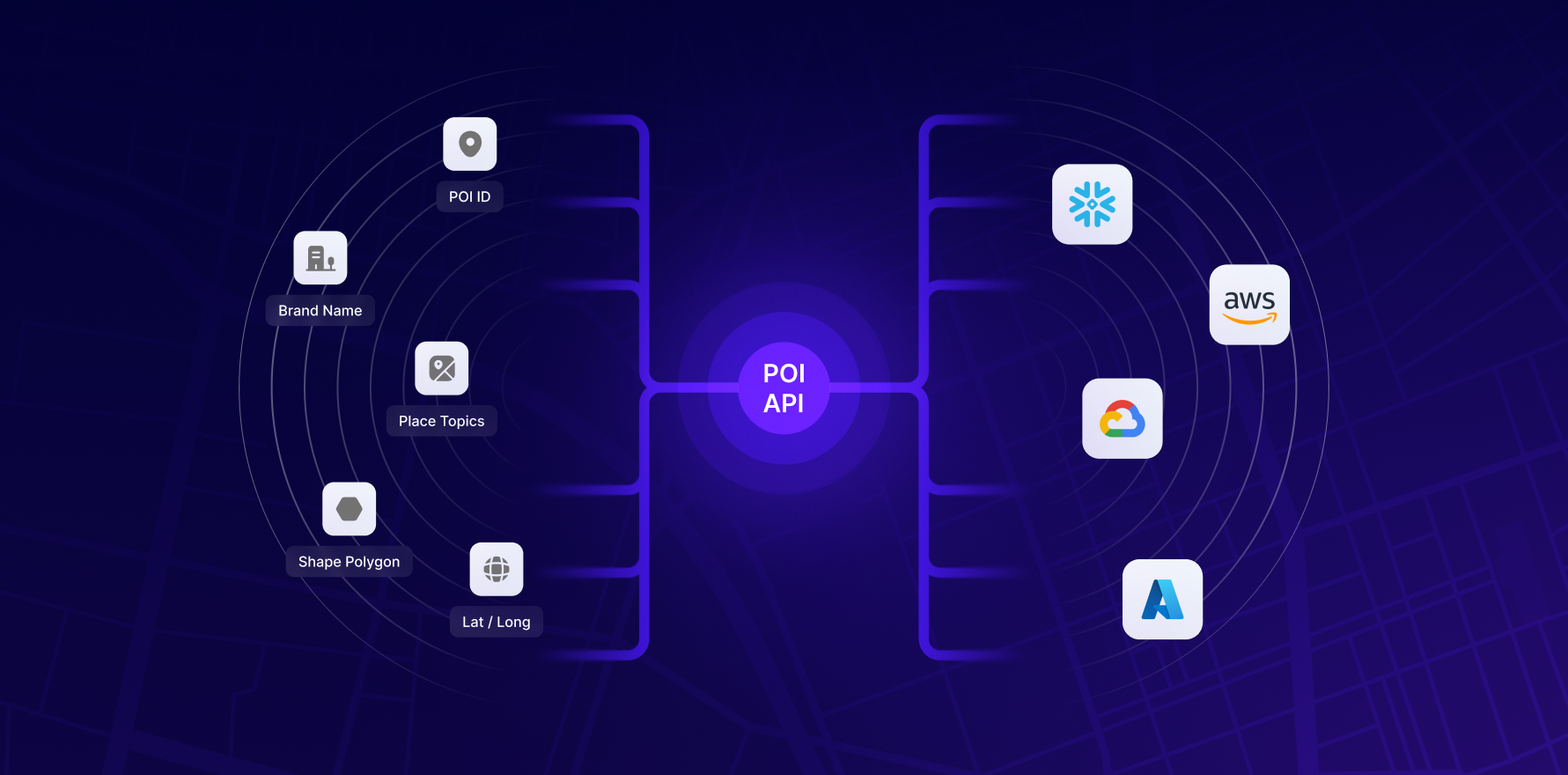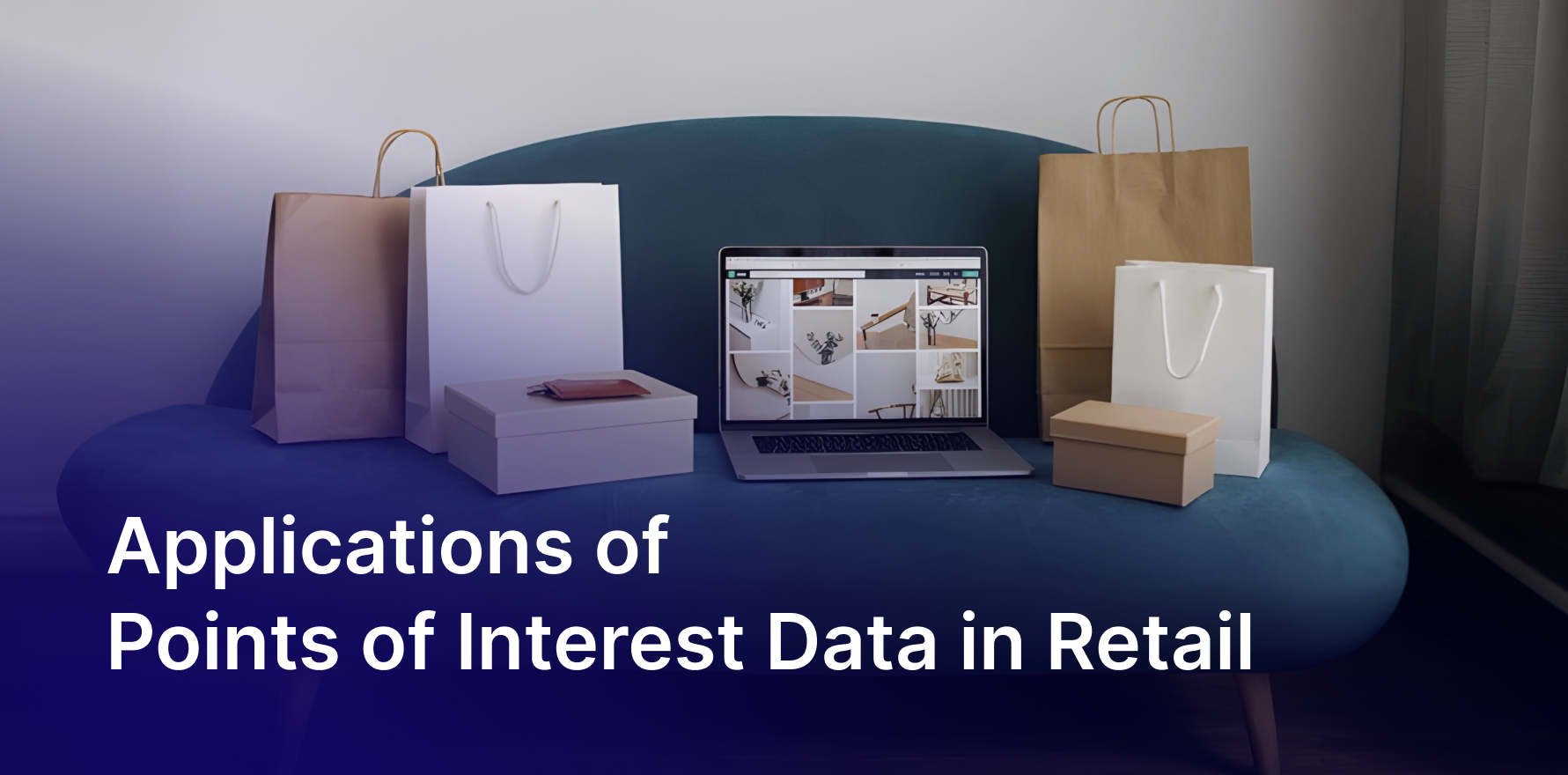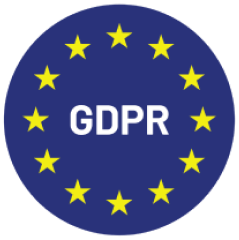Cities are living maps of human intention.
From the café where commuters grab their morning coffee, to the shopping mall that shapes weekend routines, to the gym that defines after-work habits, these Points of Interest (POIs) are more than just physical locations. They are touchpoints of daily life that show how people move, connect, and make decisions.
For businesses, POIs are not just spots on a map. They are the settings where consumer behavior is created, influenced, and acted upon. To really understand customers, companies must first understand the places that matter to them.
Read About: What is POI Data?
What Is a Points of Interest?
A Points of Interest (POI) is any location that holds value for people in their day-to-day lives. POIs can be:
- Commercial: restaurants, retail stores, supermarkets, banks
- Recreational: gyms, parks, cinemas, stadiums
- Cultural: museums, libraries, historical landmarks
- Essential services: hospitals, pharmacies, schools, transit stations
While the idea seems simple, the impact of POIs is large. Each one represents a point of consumer engagement, a moment when choices are made and habits are formed.
Think about it:
- The coffee shop that becomes part of a commuter’s daily ritual.
- The shopping center where families spend weekends, blending necessity with leisure.
- The stadium that gathers tens of thousands of people, creating opportunities for brands to engage with a focused audience.
POIs are not just destinations — they are decision-making environments. Understanding them means understanding the context: what people do, why they do it, and how those actions connect with business opportunities.
Why Points of Interest Matter to Businesses?
Businesses often focus on customers as individuals. They look at demographics, income levels, or digital behaviors. However, these insights remain incomplete without knowing the physical spaces where those customers spend their time.
That’s where POIs become essential.
1. Retail and Hospitality
For retailers, the success of a store often depends less on its interior design and more on its surroundings. A bookstore near a university has a built-in audience. A café next to a transit hub thrives on commuter flow. Hotels located near airports or tourist attractions attract higher occupancy rates.
POIs shape these patterns. Businesses that connect with the right POIs tap into existing consumer routines. This makes engagement effortless.
2. Brand Visibility and Relevance
Consumers rarely make decisions in isolation. They are influenced by what’s around them: the restaurants lining a street, the stores in a shopping district, the attractions near their travel destination. Being present at or near key POIs ensures a brand is seen when and where decisions are being made.
3. Real Estate and Expansion
When companies expand into new markets, they don’t just ask “where is there space?” They ask, “where do people already gather?” Studying POIs helps businesses choose locations that fit naturally into consumer flows, reducing risk and increasing long-term viability.
4. Consumer Behavior Insights
POIs reveal lifestyle patterns. A customer who frequently visits gyms, organic food stores, and hiking trails has different preferences from someone who spends time at shopping malls and fast-food outlets. By observing the POIs that people value, businesses gain a deeper, contextual understanding of their audiences.
Read About: How POI Data is shaping up Advertising and Marketing
Strategies for Leveraging POIs
POIs themselves are not just static places; they are active environments that businesses can use strategically across different industries. Here’s how organizations are putting them to work:
1. Align with Consumer Routines
Understanding the POIs that shape daily life allows businesses to position themselves where they naturally fit. A pharmacy near a residential community center becomes the go-to for quick prescriptions. A gym surrounded by healthy food outlets supports a lifestyle focus.
2. Anchor Around High-Traffic Hubs
Transit stations, airports, and shopping malls aren’t just POIs; they serve as gathering points. Businesses located here gain access to built-in crowds. This is why convenience stores and quick-service restaurants cluster around train stations and highways.
3. Create Experiences Within POIs
Brands don’t always need their own physical stores to benefit from POIs. Pop-up shops inside malls, sponsorships at stadiums, or brand activations in parks turn POIs into engagement platforms. These temporary setups tie brand visibility directly to the moments when people are ready to interact.
4. Compete Through Proximity
Sometimes, success comes from being near the right POIs instead of being the POI itself. Restaurants often position themselves close to cinemas to attract diners before or after movies. Fitness apparel brands set up near gyms. Being close builds relevance without requiring changes in habits.
5. Enhance Customer Experience
Businesses can design services around the POIs that matter most to their customers. A coffee chain near an office district might offer subscription models for daily commuters. A hotel near a stadium might create special packages for game-day travelers. When brands consider POIs, they align customer experience with consumer needs.
Read About: Texas Point of Interest for Business Owners
The Future of Points of Interest (POI)
As cities evolve and consumer lifestyles shift, the role of POIs is becoming even more central to how businesses think and act.
1. Changing Urban Landscapes
New POIs emerge as cities grow. These include coworking spaces, electric vehicle charging stations, and wellness centers. Each of these offers brands a new chance to connect with people in meaningful ways.
2. Integration with Technology
While the focus here is on POIs themselves, it’s undeniable that technology will shape how businesses engage with them. Mobile apps, AR experiences, and smart city infrastructure will increasingly tie digital interactions to physical POIs.
3. Blending Categories
POIs are not just for one purpose anymore. A bookstore can also serve as a café and coworking space. A stadium may host concerts as well as sporting events. These mixed-use POIs create new ways for engagement, giving businesses several points of connection at one site.
4. Evolving Consumer Expectations
Consumers want seamless experiences. They expect the restaurant near the theater to know when shows end, and the café near the office to prepare for the morning rush. Businesses that view POIs as not just locations but as patterns of human behavior will stand out.
How Factori Help You with POI Datasets?
At Factori, we help businesses unlock the value of Points of Interest data with reliable, privacy-compliant datasets. As a top global POI provider, we give access to over 200 million POIs worldwide, trusted by more than 300 companies in various industries.
Using machine learning, our solutions find and verify millions of POIs while assessing their performance. This way, you always have the most trustworthy insights. We focus on data security, adhere to the highest compliance standards, and provide datasets in flexible formats that suit your needs.
Our mission is straightforward: to be the preferred data partner for businesses seeking a competitive edge in today’s AI-driven world.
Closing Thoughts
Points of Interest are more than physical places — they are the anchors of consumer life. They shape where people go, how they spend their time, and the decisions they make along the way.
For businesses, understanding POIs means understanding context: not just who your customers are, but where their lives actually happen. From retail and hospitality to real estate and city planning, POIs provide the foundation for strategies that align with real-world behavior.
Today, POIs are already central to how companies make decisions — from selecting store locations to designing marketing campaigns. The businesses that succeed are the ones paying close attention to the places people value most, and aligning their strategies to meet customers there.
If you’d like to see how POI data can give you a sharper edge in understanding consumer behavior, you can try our sample data to explore the possibilities for yourself. Or, if you’re ready to put POI data to work for your business strategy, you can talk to an expert and start building location intelligence into your decision-making.
Because in the end, it’s not just about reaching consumers. It’s about being present in the places that already matter.
You may also like


